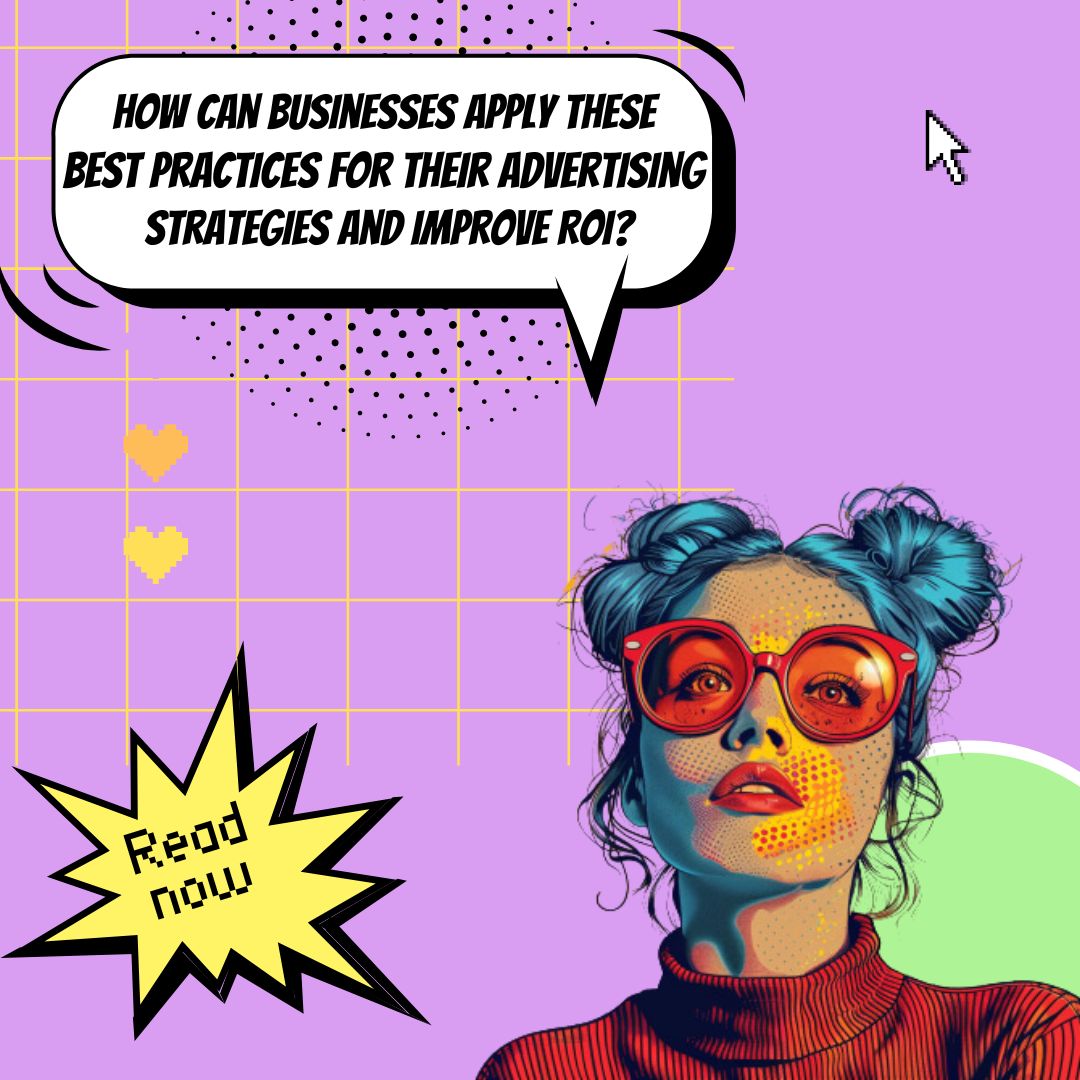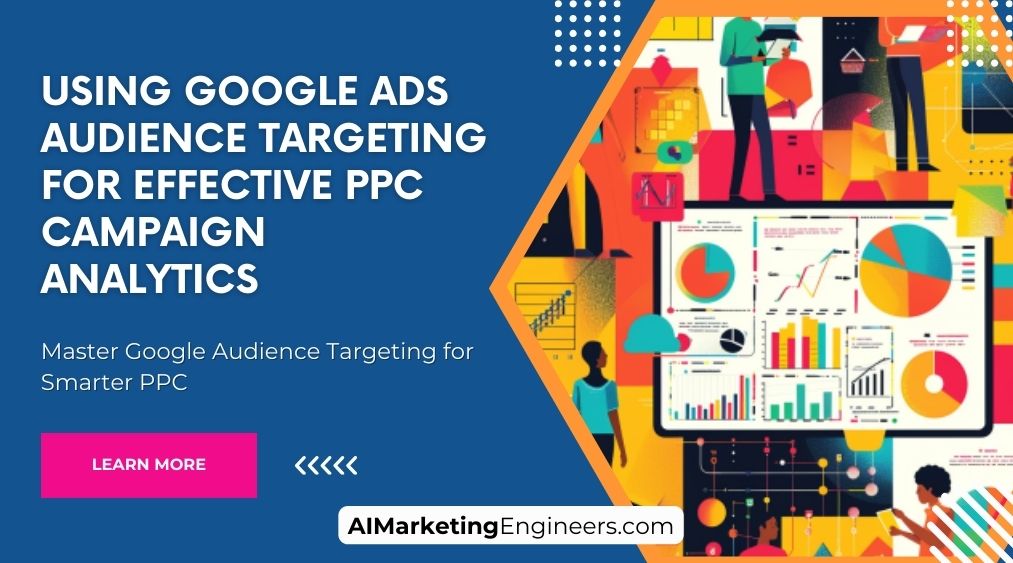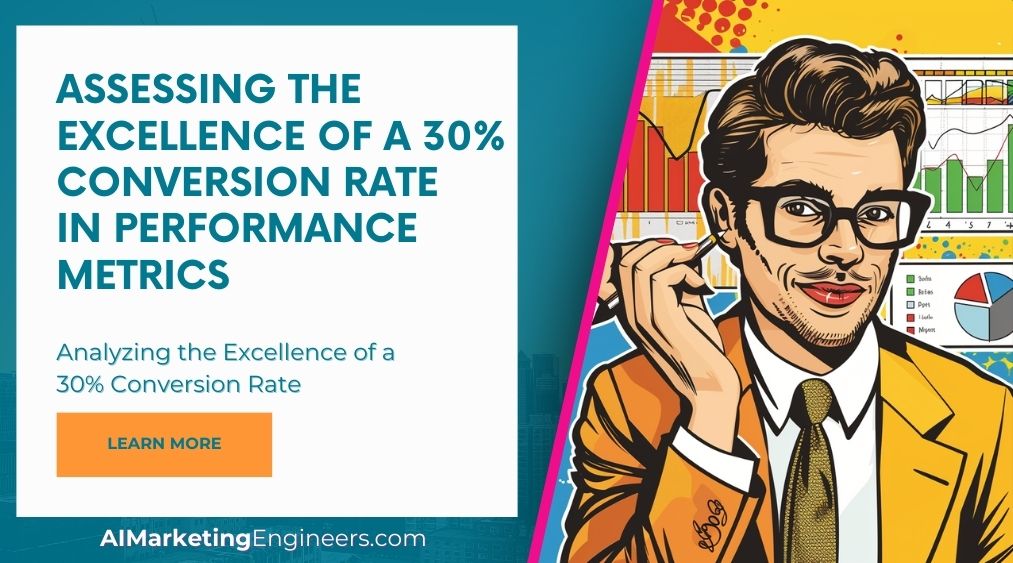Key Takeaways
✅ Relevance and Organization: Structuring your ad groups with focus and precision means your ads are more likely to meet the searcher's needs, potentially increasing your Quality Score and your ad's chance to be seen. Did you know that, according to Google, organized ad groups can boost your click-through rate (CTR) by up to 15%?
✅ Bid Management: Segmentation isn't just about clarity; it's about cost efficiency. Adjusting your bids for each ad group can lead to smarter spend and better performance. Data shows strategic bid management can improve your conversion rate by a considerable margin.
✅ Targeting and Match Types: It's a matchmaking game between your ad and your audience. Different match types can lead to a significant reduction in wasted spend, ensuring your ads show up for the right searches. Utilizing exact match for precise targeting can increase relevancy by over 30%!

Introduction
Have you ever felt like you're shouting into the void with your ads, hoping the right person hears? Well, let's talk about Ad Groups and Keyword Segmentation and Targeting—the megaphone that can give your advertising efforts the direction and volume they need. What makes this the cornerstone of a successful PPC campaign? Simply put, getting this right can mean the difference between a campaign that bleeds money and one that prints it.
Delve into this guide as we dissect the intricacies of ad group structuration and reveal how pinpointed targeting can transform your campaigns from lackluster to blockbuster. Propel your revenue, intended return on ad spend (ROAS), and return on investment (ROI) with battle-tested strategies and updated market wisdom that keep you one step ahead of the curve.
Hang tight, because by the end of this read, you're not just going to grasp these concepts; you'll be armed with actionable insights and groundbreaking information that can reshape your paid advertising strategy for peak performance.
Mastering Ad Groups and Keyword Segmentation for Optimal Targeting
When diving into the realm of paid advertising, it's essential to understand the nuts and bolts of ad groups and keyword segmentation. These powerful tools, when used correctly, can drastically improve your campaign's relevance and effectiveness. Think about Google Ads or Facebook Ads; both of these platforms thrive on well-organized ad group structures and precisely targeted keywords to match the right ads with the right audience.
Setting Up Effective Ad Groups
Imagine grouping your ads into neat little containers where each holds a specific set of related keywords. This approach ensures that your ads are tailored to the themes, products, or services they're meant for. Remember, a well-structured campaign hierarchy is like a well-oiled machine—it runs smoothly and efficiently. It's vital to dive deep into ad group settings, as these are the dials and knobs that help you pinpoint your targeting.

Keyword Research and Selection
Now, let's talk keywords—the lifeblood of any ad campaign. Finding the right keywords is like finding the golden ticket; it requires a mix of smart research and sharp analysis. High-performing keywords and their counterparts, negative keywords, are two sides of the same coin, both crucial in carving out your space in the search results. Match types will dictate how closely a user's search query has to match your keywords—getting this right can mean the difference between a click and a miss.
Segmenting Keywords for Precise Targeting
Grouping keywords is an art form in itself. It needs an understanding of relevance, intent, and the specific audience you're keen to attract. Broad and exact match types are your paint brushes, and the campaign canvas is your audience. Implementing dynamic keyword insertion and audience targeting can be akin to adding layers of detail that transform a simple sketch into a masterpiece of relevance.
Monitoring and Optimizing Ad Groups
What's more important than setting up your ad groups? Keeping a hawk's eye on them. Regular performance analyses can reveal a wealth of insights and point out where improvements can be made. Refining your keyword bids, adjusting budgets, and optimizing for maximum Return on Investment (ROI) are ongoing tasks that help your campaigns to continually improve over time.

Integrating Ad Groups with Other Marketing Channels
Marketing doesn't exist in a silo. Aligning your ad groups with your SEO and content marketing strategies can amplify your efforts across the board. Remarketing and cross-channel targeting take advantage of the connected nature of digital marketing, ensuring that none of your efforts go to waste. It's about creating a cohesive journey for the user, from the initial click to the final conversion.
In the fast-paced world of digital marketing, it's not just about setting up campaigns but also about connecting the dots across various channels and continuously refining your approach. Staying informed and adapting to industry trends and platform updates is key. Your ad groups and keywords are the building blocks of your online advertising efforts—master them, and you'll have set the stage for success.
AI Marketing Engineers Recommendation
Recommendation 1: Tighten Your Ad Group Themes: Focus on maintaining small, tightly-themed ad groups rather than broad, all-encompassing ones. Data shows that ad groups with 10-20 keywords tend to perform better since they're more targeted, but don't be afraid to narrow it further if it means increasing relevance. Why does this matter? A study by WordStream found that click-through rates (CTR) increase significantly when ad groups are highly relevant to user queries. This means that campaigns are more successful when you make sure each ad group is focused around a single topic or service.

Recommendation 2: Leverage Negative Keywords: Implement negative keywords to filter out unwanted traffic and prevent ads from showing on irrelevant searches. Research indicates that using negative keywords can boost campaign relevancy and improve cost-efficiency. A report from Search Engine Land shows that advertisers who actively use negative keywords save an average of 10-20% in costs. This approach ensures you're not wasting money on clicks that won't convert, and you're aligning your budget with search intent that closely matches your offering.
Recommendation 3: Utilize Cross-Channel Insights: Tap into cross-channel insights to inform your keyword and targeting decisions. By analyzing data from multiple platforms – such as combining Google Ads performance with social media engagement metrics – you can identify trends that inform a more nuanced segmentation and targeting strategy. This holistic view leads to a more informed approach that can increase overall campaign performance. For instance, integrating analytics from Google Ads and Facebook Ads could reveal keyword segments that work well across both platforms, allowing you to optimize ad spend where it has the highest impact.
Relevant Links
- Mastering Ad Groups – Your Ticket to Targeting Precision
- 10 SEO Trends for a Sharper Strategy
- Maximize ROI with Google Ads: The Ultimate AI-Powered Playbook
- Generative AI for Content: Unleash Creativity & Consistency
- Marketing Analytics Decoded: The Path to Data-Driven Strategy
Conclusion
To wrap up, mastering ad groups and keyword segmentation is not just about setting things up and hoping for the best. It's about diving into the details of your campaigns, slicing the data, and relentlessly tuning your approach. Organizing ad groups thoughtfully by themes or specific products and tapping into the most relevant and powerful keywords can turn a good campaign into a great one.
Key takeaways include the essential practice of continuously refining your targeting by reviewing ad group settings, re-evaluating keyword match types, and adjusting bids. Remember that with digital advertising, knowledge is power – using tools to conduct thorough keyword research can set the stage for campaign success. But don't stop there. Monitoring your ad group performance is also crucial to identify what's working and what's not, leading to better decisions and, ultimately, improved ROI.
What about your connection to other marketing endeavors? It's clear that integrating your ad groups with SEO and content marketing isn't just a best practice; it's a necessity for cohesive digital strategy. Multichannel targeting and precise tracking of customer touchpoints are rapidly becoming the norm.
We can't stress enough the importance of staying nimble and informed. Industry trends and platform updates can be game-changers for those who are prepared. Are you adjusting your strategies to stay ahead of the curve?
Engaging with best practices for ad groups and keyword segmentation is not a 'set it and forget it' task – it’s a journey of ongoing adaptation and learning. So, ask yourself, are you leveraging these practices to their full potential? If not, now is the time to sharpen those campaigns and aim for the bullseye. Your business will thank you for it.

FAQs
Question 1: What is the purpose of ad groups and keyword segmentation?
Answer: Ad groups and keyword segmentation are tools used to organize your online advertising efforts. Think of ad groups as clusters where you gather closely related keywords. By doing so, you can match your ads with what people are searching for, which can lead to better clicks and more sales.
Question 2: How many ad groups should I have in a campaign?
Answer: It's sort of like packing a suitcase; you want just the right amount. If your campaign is a weekend getaway, you might only need 5 to 10 ad groups. But remember, each one should hold a focused set of keywords like a neatly organized compartment in your luggage.
Question 3: How many keywords should be in each ad group?
Answer: Stick with 5 to 20 keywords in an ad group. Picture making a playlist – you wouldn't want one song played over and over, but you also wouldn't want it to be so jumbled that it loses its vibe.
Question 4: How do I segment my keywords?
Answer: Think about how you'd sort a box of old photos. You group them by vacations, family gatherings, or special moments. Similarly, classify your keywords by themes, user wants, or even types of products.
Question 5: What is the difference between broad, phrase, and exact match keywords?
Answer: Imagine you cast fishing nets in the sea of online searches. Broad match is like casting a wide, unfocused net, catch-all. Phrase match is more deliberate, catching phrases in a certain order. Exact match is like using a spearfishing approach, targeting with precision.
Question 6: How do I choose the right match type for my keywords?
Answer: It's like choosing shoes for the occasion – use broad match for casual, everyday exposure; phrase match for a step-up in relevance; and exact match when you need to hit a bullseye with your targeting.
Question 7: How do I optimize my ad copy for each ad group?
Answer: Your ad copy should be like a personal greeting. Match it to your keywords and what users are hoping to find. Always include a clear action you want them to take.
Question 8: How do I set bids for my ad groups?
Answer: Think of setting bids like deciding how much to bet on a horse. You weigh its chances (conversion value) against the competition before you decide how much you're willing to wager.
Question 9: How do I monitor and optimize my ad groups?
Answer: It's like tending a garden. You have to keep an eye on what's thriving (keywords with a high CTR) and what's not (ones that are lagging behind). Pruning and adding plant food (adjusting bids and ads) is necessary for growth.
Question 10: What are some advanced techniques for ad group and keyword segmentation?
Answer: Push the limits with things like dynamic keyword insertion, pinpoint audience targeting, and strategic ad extensions. Embrace automation and machine learning to help shape your campaigns.

Academic References
- Jansen, B. J., & Spink, A. (2006). An Empirical Study of Search Engine Advertising: Sponsored Search in Electronic Markets. Journal of Electronic Commerce Research, 7(2), 77-92. This study delves into the effectiveness of ad group and keyword segmentation, asserting the need for a mixed strategy encompassing broad, phrase, and exact match types to enhance the specificity and success of search engine advertising.
- Jansen, B. J., Spink, A., & Zhang, M. (2007). Keyword Research and Targeting: A Content Analysis of Search Engine Advertising. Journal of the American Society for Information Science and Technology, 58(10), 1347-1362. This analysis investigates the keyword targeting tactics of prominent advertisers, pinpointing the most effective practices regarding ad group and keyword segmentation. The findings endorse theme-based ad group organization, the adoption of negative keywords, and the exploitation of long-tail keywords to elevate ad relevance and click-through rates.
- Jansen, B. J., & Spink, A. (2008). Search Engine Advertising: Understanding and Improving the Effectiveness of Sponsored Search on the Web. Foundations and Trends in Information Retrieval, 2(1-2), 1-142. Jansen and Spink offer an in-depth examination of the pivotal function that ad groups and keyword segmentation play in search engine advertising. Suggestions include employing a tiered structure for ad groups, zeroing in on high-yielding keywords, and perpetually refining ad groups informed by performance analytics.







